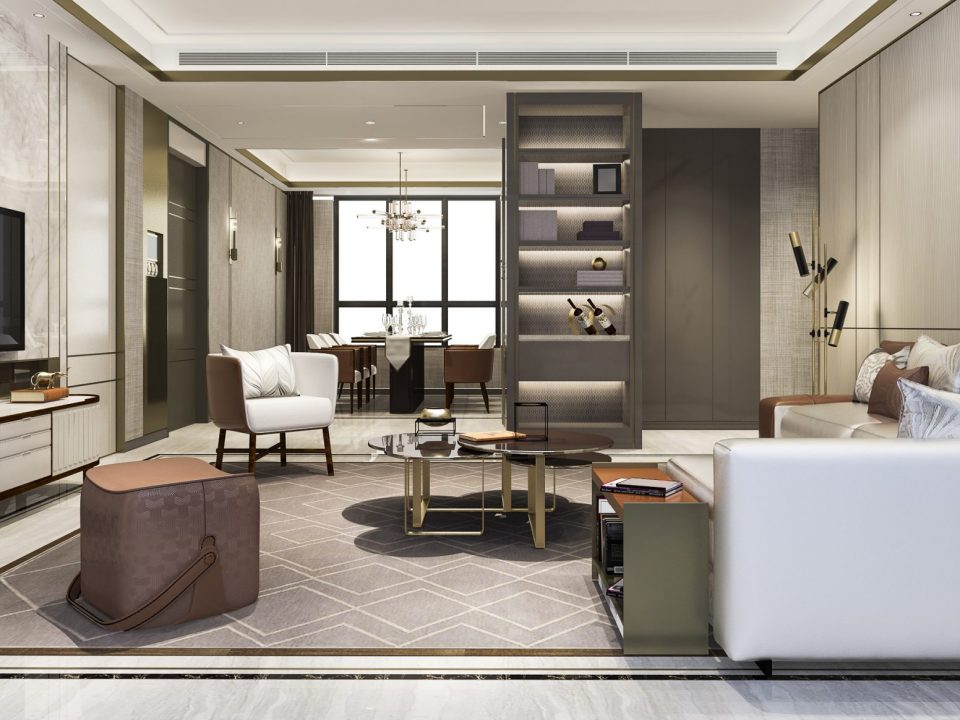Types of Mortgages in Canada

Top 5 Tips for Buying Your Next Home
September 29, 2021
Buying and Selling a House during Covid-19
October 5, 2021There are three primary categories of lenders in Canada: “A” lenders (banks, credit unions, and monoline lenders), alternative lenders, and private lenders. The large banks (“A” lenders) dominate most of this industry, but that doesn't imply there aren't other choices.
Let's look at the many types of mortgages in Canada since you have an understanding of the types of lenders now.
#1: Institutional Mortgages
Conventional Mortgages: These are the kinds of mortgages that need a minimum 20% down payment. Because the lender is financing the balance of the house purchase, the loan-to-value would most likely be 80 percent or less. In this situation, you are not obligated to acquire mortgage default insurance. However, your lender will almost certainly ask you to get house insurance as a loan condition.
High-Ratio Mortgages: A mortgage with a down payment of less than 20% is referred to as a high-ratio mortgage. In this situation, the loan-to-value ratio would very certainly exceed 80%. As a result, you must get mortgage default insurance. Mortgage default insurance, contrary to popular perception, does not protect you. If you default on your mortgage, it protects your lender. Typically, mortgage default insurance is incorporated into your loan and paid together with your regular monthly payments.
Open/Closed Mortgages: An open mortgage allows you to pay off your loan in full at any moment without incurring penalties. On the other hand, a closed mortgage is one in which the amount you may pay toward the mortgage is regulated. Mortgage rates for open mortgages are generally higher than those on closed mortgages. On the other hand, closed mortgages come typically with some prepayment rights, such as the ability to increase your payment or make lump-sum payments.
Fixed-Rate Mortgages: With a fixed-rate mortgage, your interest rate stays the same throughout the life of your loan. The duration of a mortgage term might range from one to five years. Canadians choose five-year fixed-rate mortgages because your interest rate is guaranteed to be the same for five years.
Variable Rate Mortgages (VRM): A variable-rate mortgage allows your interest rate to fluctuate (alter) during the loan duration. This occurs when your lender's prime rate changes. Variable-rate mortgages provide lower rates than fixed-rate mortgages, but you should be aware that your rate may increase over your term.
Portable Mortgage: Most institutional mortgages have portability as a feature. You can move a movable mortgage from one property to another without paying the penalty or requalifying. This is not available from every lender, and some specific terms and restrictions must be adhered to, so be sure you understand everything before signing on the dotted line.
HELOCs: A home equity line of credit (HELOC) allows you to borrow money against the value of your property. Although you are free to spend the cash any way you choose, debt reduction and home renovations are popular. You can use a HELOC to borrow up to 65 percent of the value of your house (as long as your HELOC and mortgage don't total more than 80 percent of the value of your property).
Cash-Back Mortgages: These are mortgages in which you are given money upfront. Except for your down payment, this money can be spent on anything (i.e. moving expenses, furniture, etc.). This sort of mortgage usually has a higher interest rate. If you break your mortgage during the term, you'll have to pay back the money on a prorated basis.
Renovation Loan: Many of the financing mentioned above options may be combined to create a renovation loan, which is used to improve the value of a house by adding on to it. All possible improvements are New windows, decks, basements, renovations, driveway extensions.

#2: Alternative Mortgages
Reverse Mortgages: These are mortgages that allow homeowners aged 55 and up to borrow against the equity in their house and get a lump sum or monthly payment. A reverse mortgage is typically the best option for seniors on a fixed income who don't qualify for a HELOC. The amount owed on the reverse mortgage is due to the lender when the property is sold or the homeowner dies.
#3: Private Mortgages
Bridge Mortgage: A bridge mortgage (also known as bridge finance) is a short-term loan used when selling your present property and purchasing a new one. When your closing dates don't line up, you'll require bridge financing.
Second Mortgage: A home having at least two mortgages is referred to as a second mortgage. As the name implies, a second mortgage comes after your first (first) mortgage and has a higher interest rate. A first mortgage means that your home is secured by only one loan, such as the standard or high-ratio mortgages mentioned above.
#4: Commercial and Construction Mortgages
Commercial Mortgages: A commercial mortgage is extended by a financial institution that provides commercial mortgages backed by commercial real estate such as an office building, an apartment complex, or a retail mall. The money from a mortgage is usually utilized to buy or renovate a commercial property.
Construction Mortgages: A building mortgage is extended by a financial institution that provides mortgage finance to construct a real estate development. This is the type of funding that may help a new venture get off the ground.
Conclusion
There is no right or wrong answer when it comes to which mortgage is ideal for you, whether you're refinancing, renewing, or applying for the first time. To better understand your alternatives, do your due diligence, get a firm grip on your financial status, analyze your needs, and seek expert guidance.
It's also worth looking into credit unions and monoline lenders. You might be able to discover a better-suited mortgage plan with a lower interest rate and fewer mortgage penalties. You won't know unless you take the time to talk to a mortgage broker about your alternatives.
There's a lot to learn before purchasing a home, and mortgages are only the beginning. However, laying a firm foundation through education and knowledge will ensure that you'll be prepared and confident in your choice, no matter what house you choose to purchase or how you choose to acquire it.
About the Author
Rahman Muzaffar
Assistant Manager, Real EstateTreadstone Associates
1 (844) 900 1070



